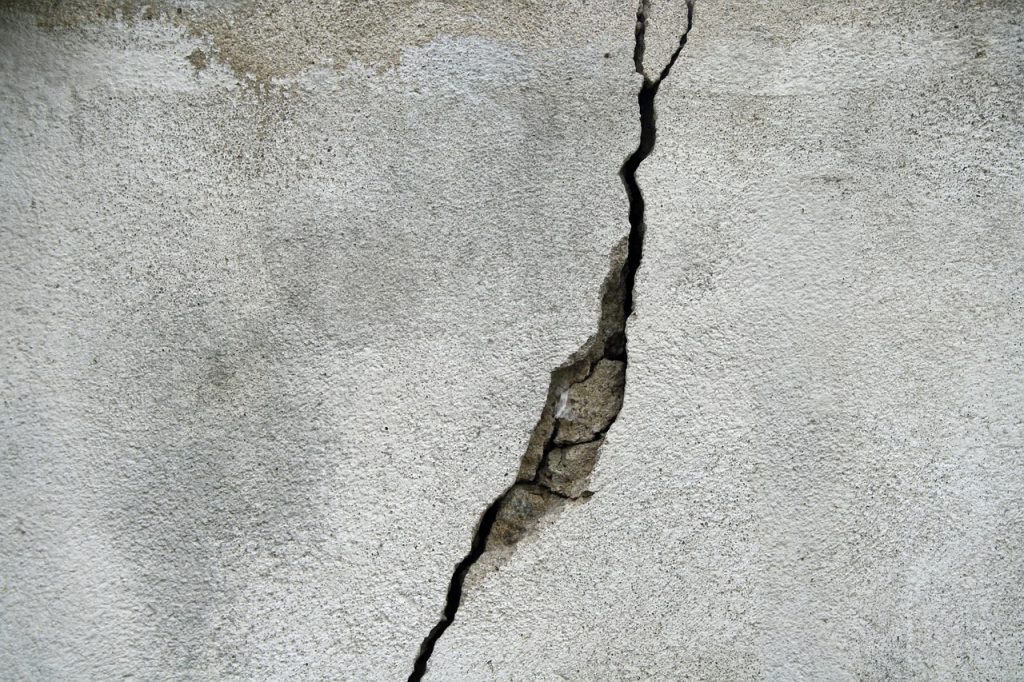The Canadian climate throws everything at us, from scorching summers to freezing winters. While our homes provide shelter, our driveways bear the brunt of this harsh reality. Cracks, chips, and uneven surfaces are telltale signs that your concrete driveway might be suffering and require repair. Ignoring these issues can lead to further damage, safety hazards, and costly replacements down the line that can stress your house repair budget. So, how do you know if your driveway needs attention?
5 Signs Your Driveway Needs Repair:
If you notice cracks, potholes, or uneven surfaces on your driveway, it may be time to consider repair. Other signs to look out for are drainage issues, faded or worn-out appearance, and a loose or gravelly surface. Regular maintenance can help prevent the need for costly repairs down the line without breaking your house repair budget.
- Cracks: Small hairline cracks are common, but wider cracks indicate deeper problems requiring prompt attention.
- Spalling: Flaking or chipping concrete signifies deterioration and exposes the underlying base, inviting further damage.
- Uneven surfaces: Settling or erosion can create dips and bumps, posing tripping hazards and causing pooling water.
- Erosion: Crumbling edges or exposed rebar point to significant structural issues requiring immediate repair.
- Pooling water: Poor drainage allows water to collect and freeze, expanding cracks and accelerating deterioration.
Maintaining a driveway in Toronto’s unpredictable weather can be a challenging task. Though some driveway issues can be fixed by yourself, seeking professional help can guarantee a long-lasting solution.
Professionals can diagnose the root cause of the problem and provide effective solutions that will keep your driveway in good shape for years to come.
Is Resurfacing the Solution?
Resurfacing involves applying a new layer of concrete over the existing surface. It’s a cost-effective solution for minor cosmetic issues like small cracks or unevenness. However, it needs to address deeper structural problems like spalling or erosion. It’s crucial to have a professional assess the damage before opting for resurfacing.
Alternatives to Resurfacing:
- Mudjacking: This technique injects grout beneath sunken areas to lift and level the concrete. It’s suitable for minor settling and unevenness.
- Crack Repair: Filling cracks with specialized sealant prevents further water infiltration and damage expansion.
- Concrete Replacement: Complete removal and replacement of the concrete might be necessary for extensive damage.
Making the Right Choice:
Choosing the right repair method depends on the severity and type of damage. Consulting a qualified concrete contractor is crucial for accurate diagnosis and recommendation. When presenting options, they’ll consider factors like budget, desired aesthetics, and long-term durability.
Preventative Measures:
Regular maintenance extends your driveway’s lifespan and avoids costly repairs. Seal your driveway every 2-3 years to protect it from water damage. Address small cracks promptly before they develop into larger problems. Additionally, choose appropriate de-icing salts to prevent concrete erosion during winter.
A healthy driveway is vital for curb appeal, safety, and property value. Don’t wait for major problems to arise. Regular inspection, timely repairs, and proper maintenance ensure your driveway weathers the storm and serves you for years to come.










